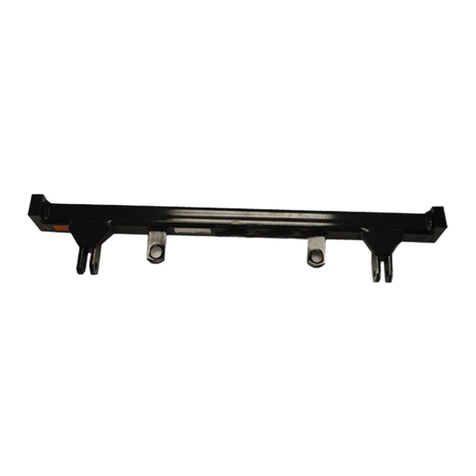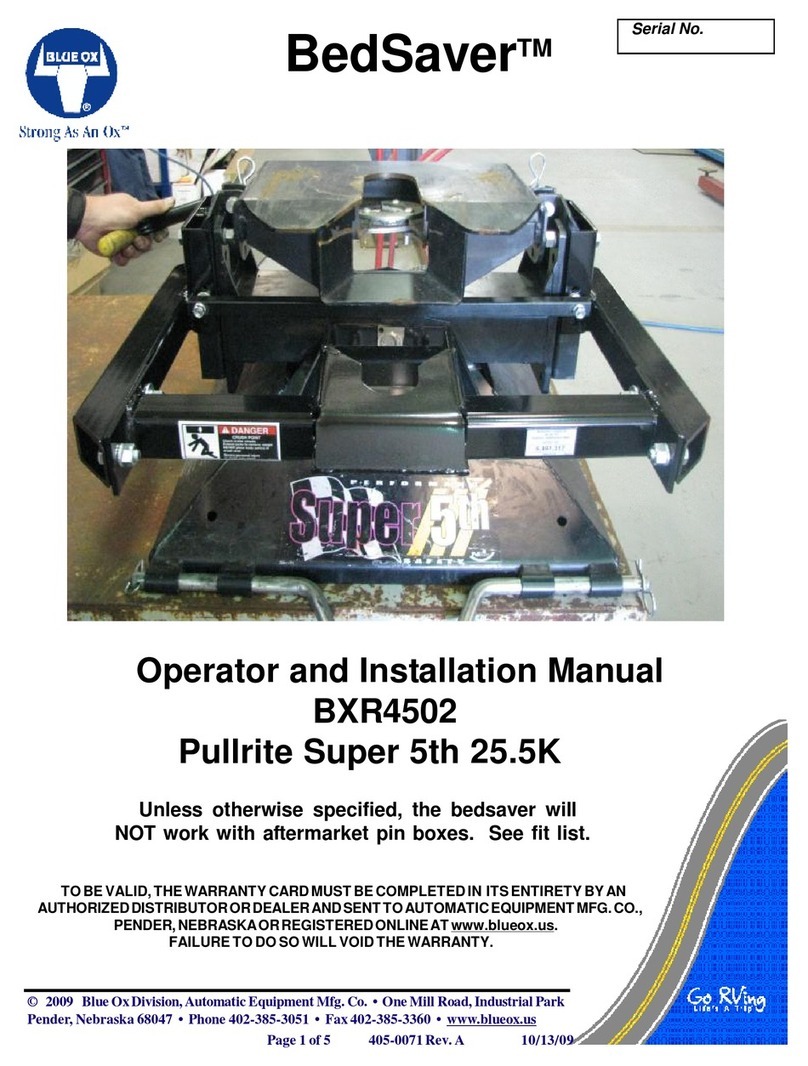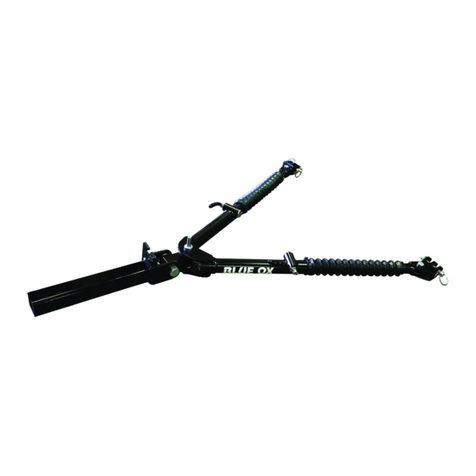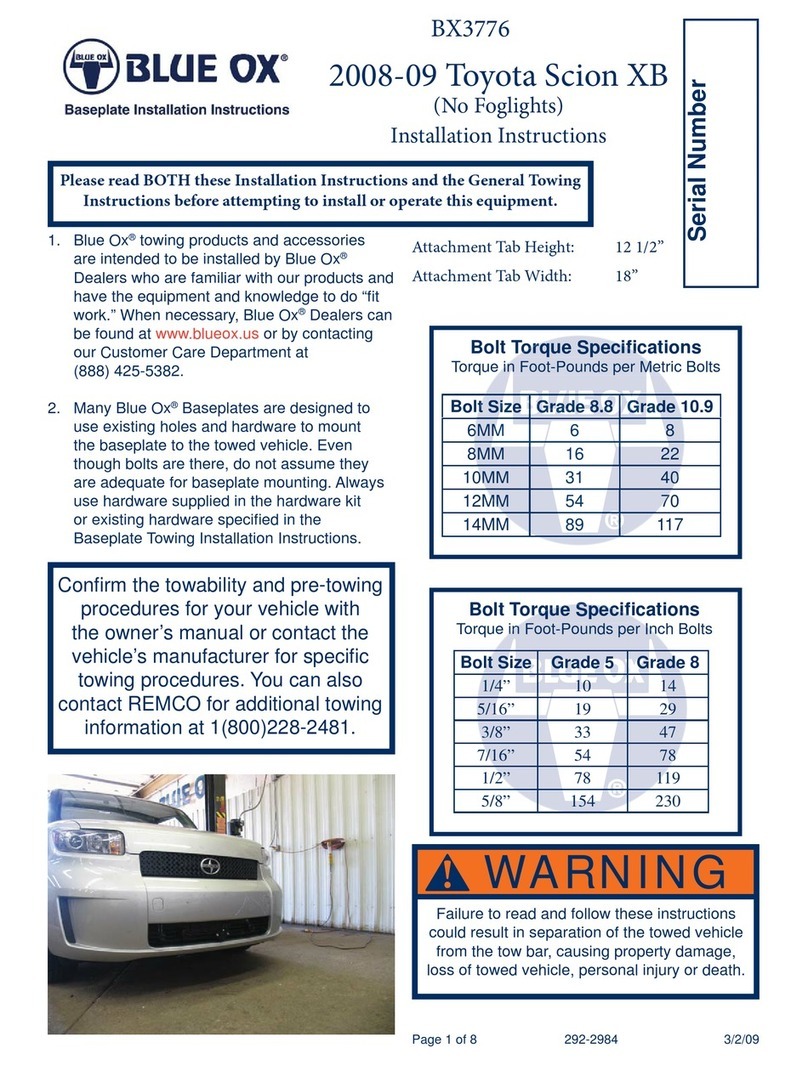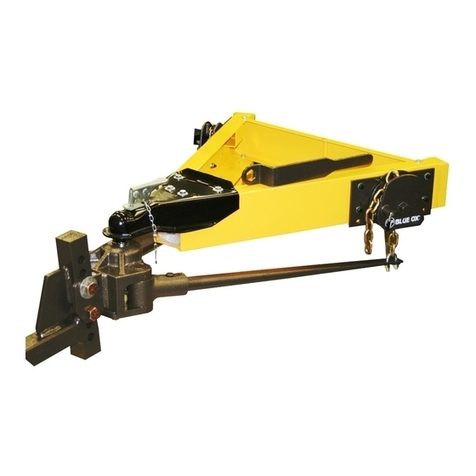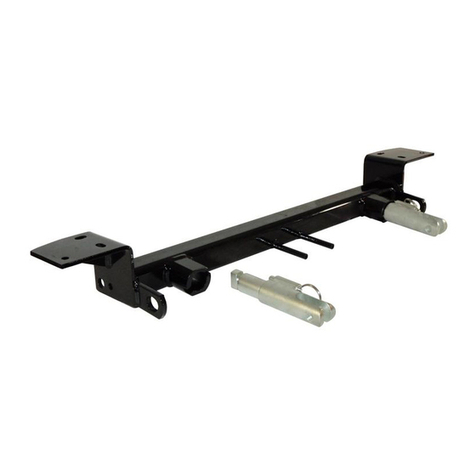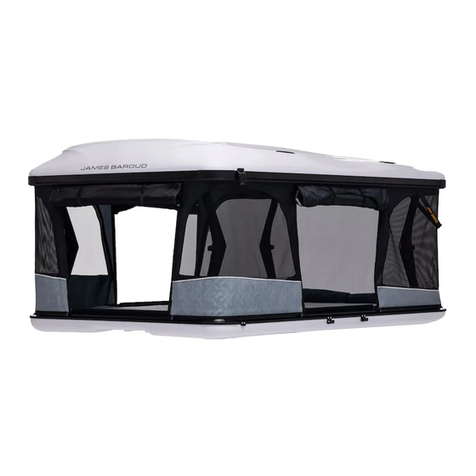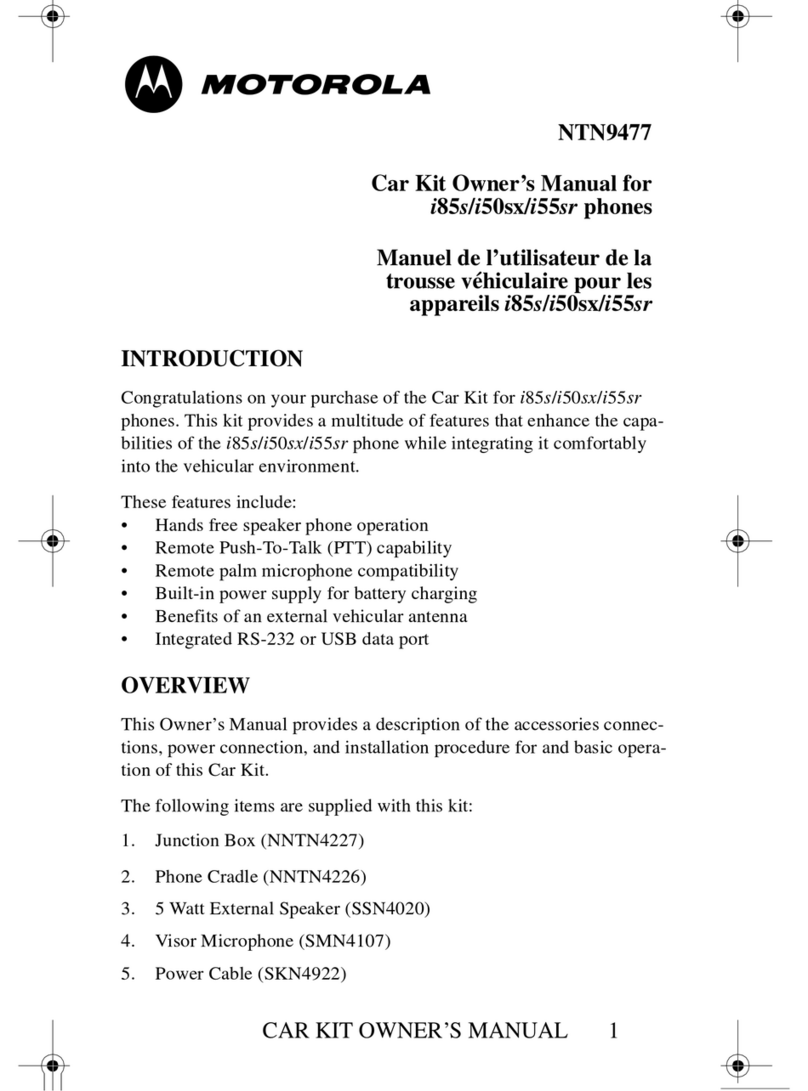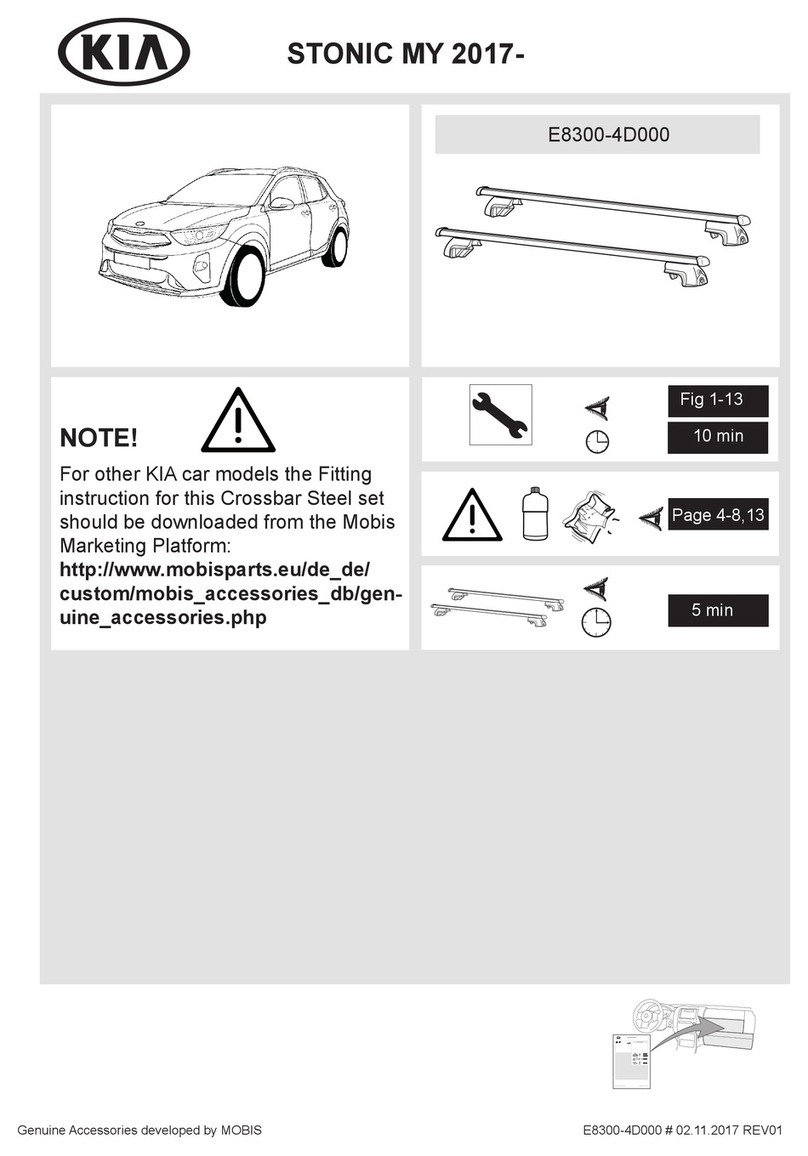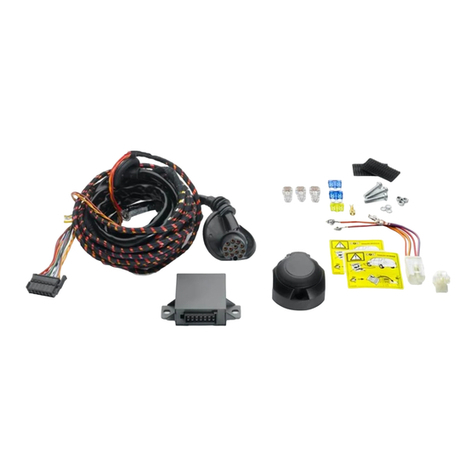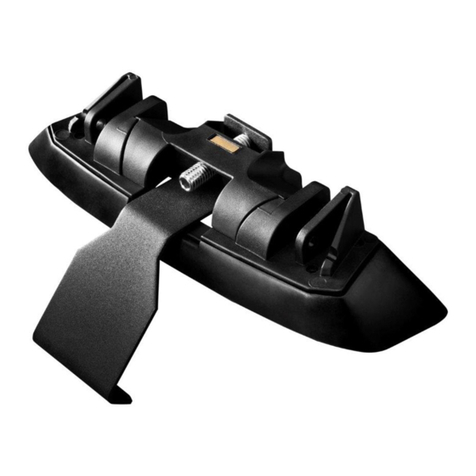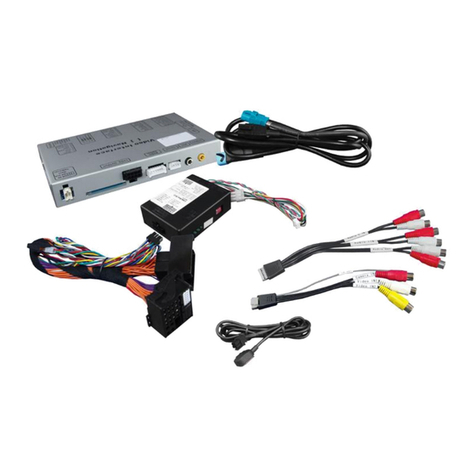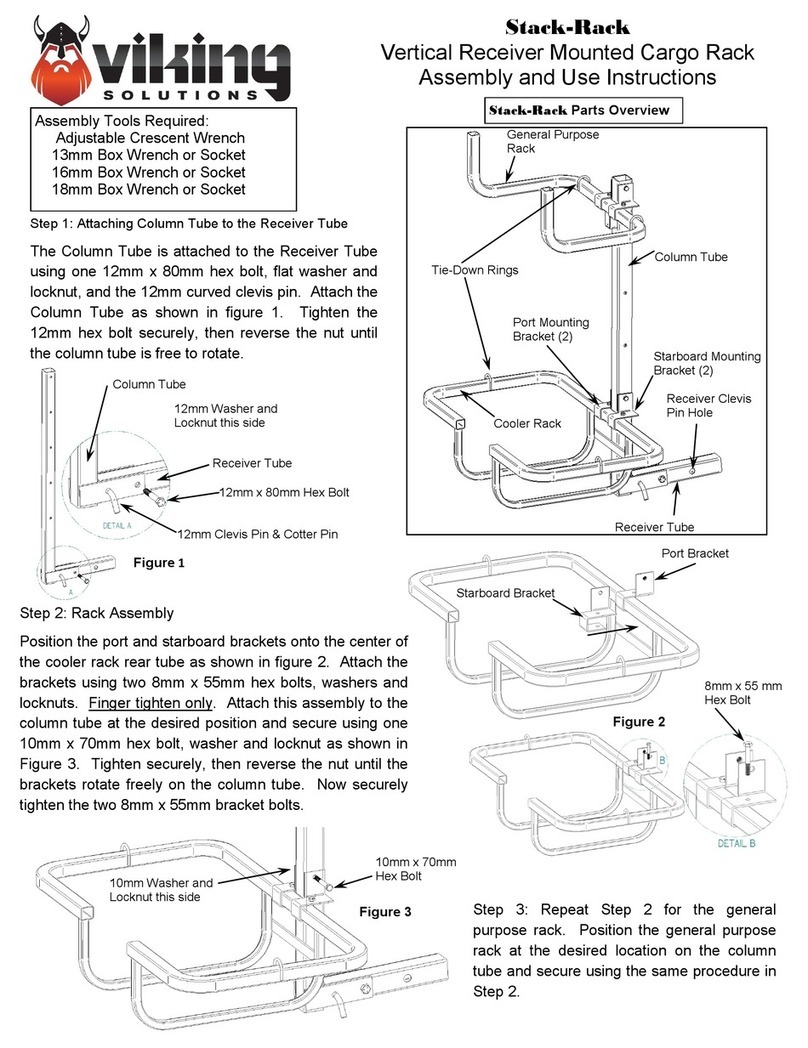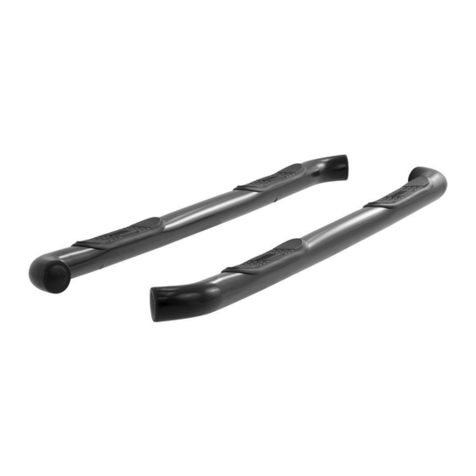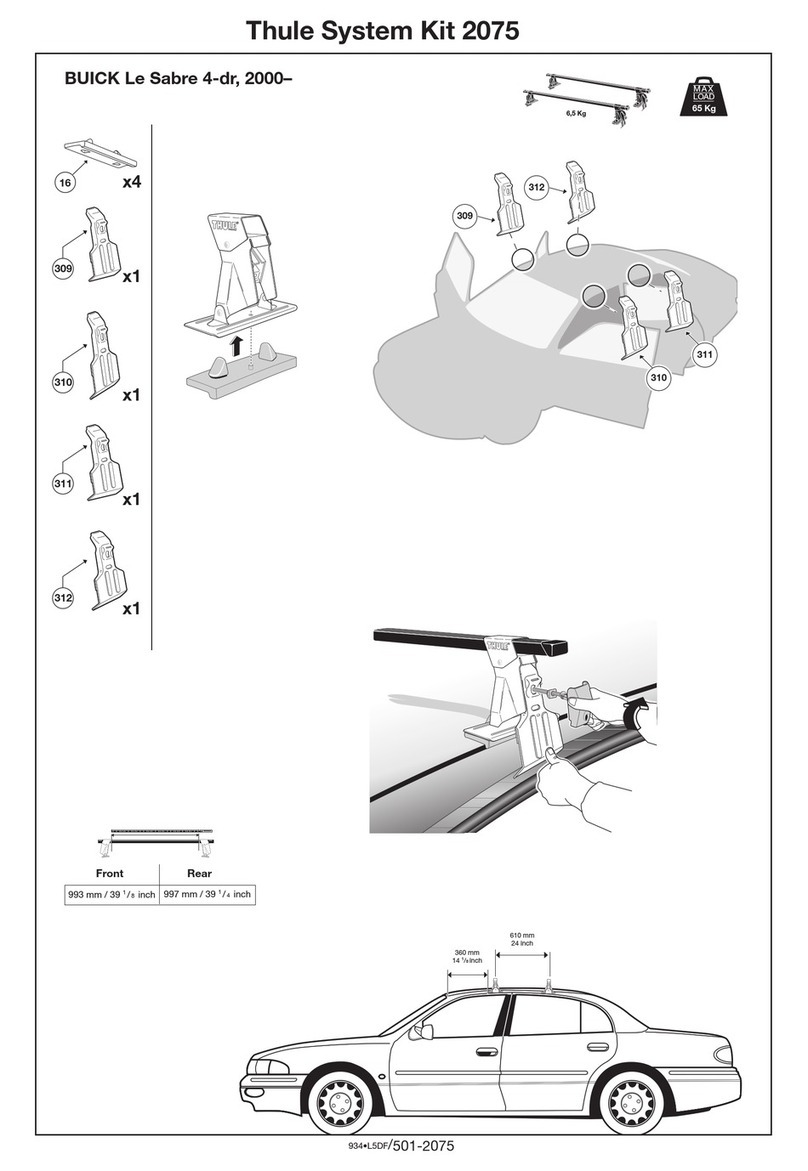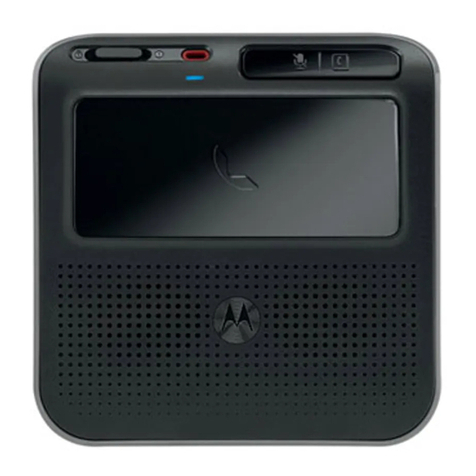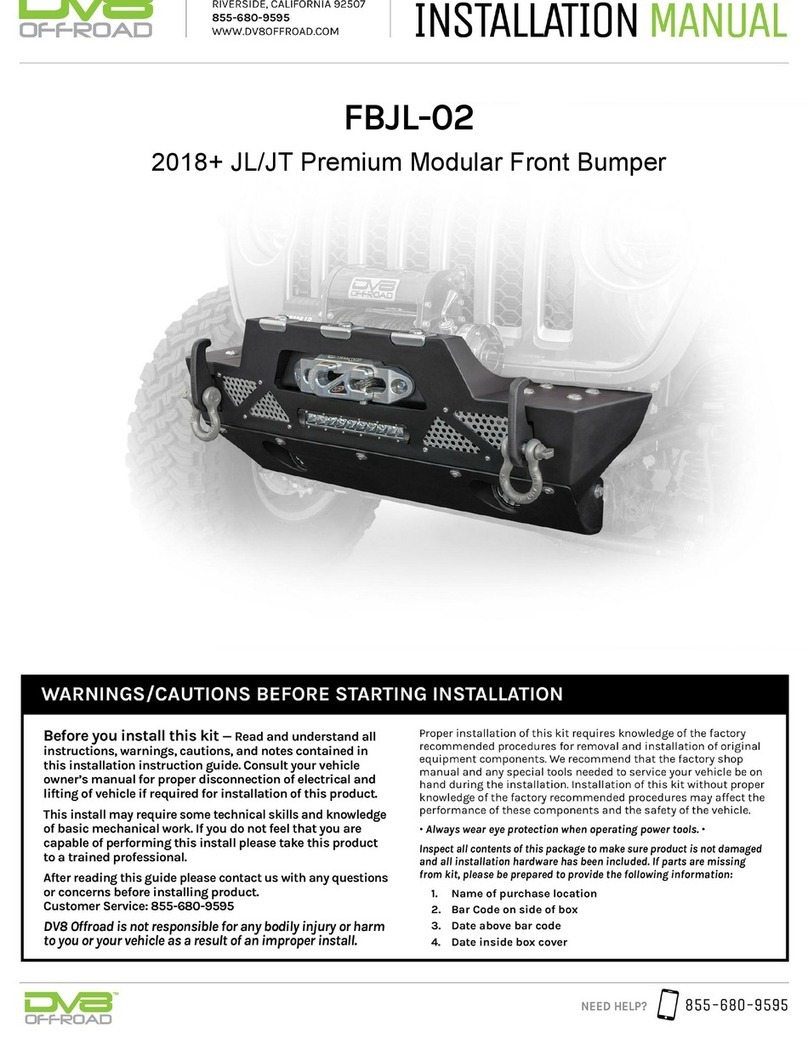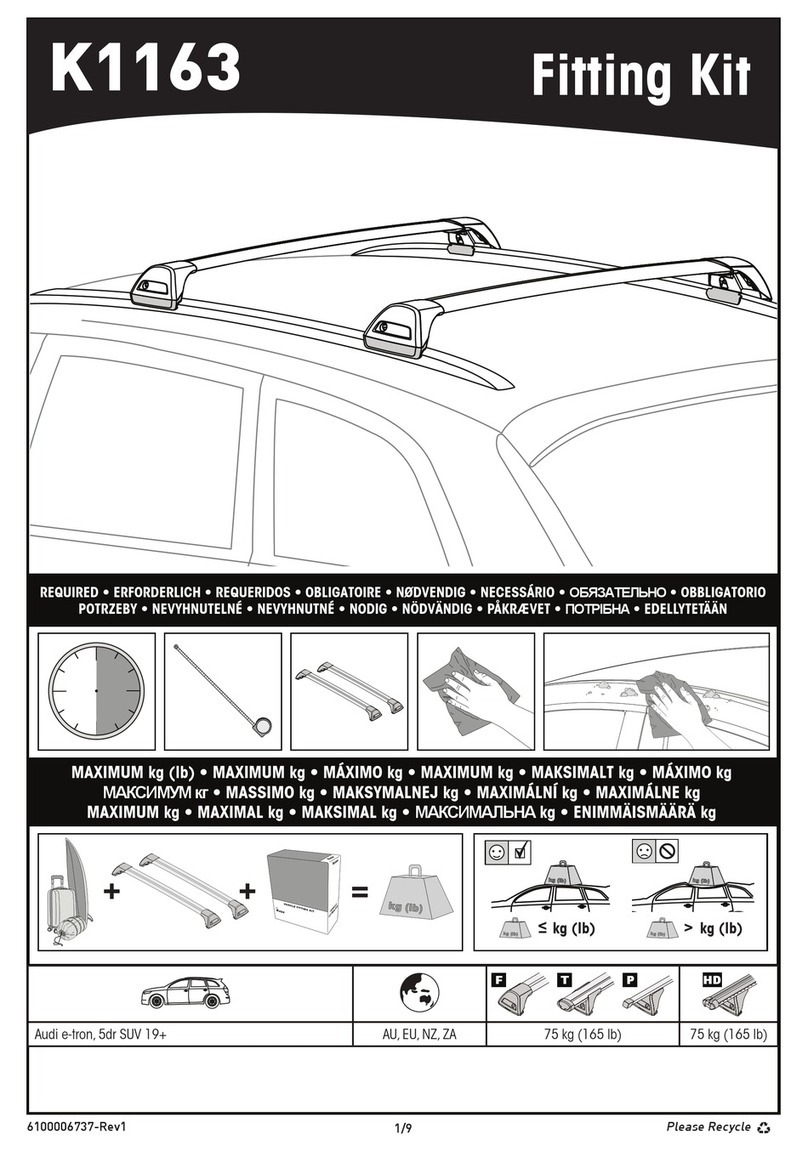
EXTENDING
EXTENDING TOW BAR
CAUTION: It is possible to extend the tow bar by
driving away with the towing vehicle. THIS IS NOT
RECOMMENDED. Side to side movement of the towed
vehicle may occur if the legs do not lock into position.
Towing any vehicle until the operator has confirmed
that the leg latches have been properly locked IS
NOT RECOMMENDED.
1. After connecting both legs, start the towed vehicle,
disengage parking brake, pull backward slowly with
the towed vehicle until one or both of the locking
handles are engaged and locked. NOTE: If only
one locking handle is locked, turn the towed
vehicle's steering wheel (with the engine running
to make turning easier) toward the unlocked tow
bar leg approximately 1/2 to 3/4 turn. Set up the
transmission for towing, (See SAFETY Section
- Page 2) stop the engine and leave the steering
wheel in the unlocked position. The steering wheel
on the towed vehicle must be unlocked at all times
while towing. Failure to do so will create hazardous
driving conditions. Pull the towing vehicle forward
one to two feet until the unlatched leg locks into
place. IMPORTANT: Check to insure both legs are
latched properly before towing.
UNHOOKING / STORING
1. Stop the towing vehicle with vehicle in tow in a
straight line on a at and level surface and set the
parking brake. (Doing this minimizes the pressure
exerted on the tow bar latches, and will aid in
releasing the locking handles.)
2. Place the towed vehicle in park (for automatic
transmissions) or securely in first gear (for manual
transmissions).
3. Unhook and store the electrical cables, safety chains
and any auxiliary braking system.
4. DO NOT hammer or force the locking handles to
release. If difficulty is encountered in releasing the
locking handles, try the following: Turn the towed
vehicle's steering wheel (with the engine running to
make turning easier) all the way to the right, all the
way to the left, then bring back to center. This should
relieve any pressure being placed on the tow bar
handles from the towed vehicle.
5. Remove quick pins and 1/2" pins from the driver's
side and passenger's side of the baseplate, laying
the legs on the ground.
6. Remove the clip or lock from the pintle hitch locking
lever and lift up. Lift the ring off the hitch, cover and
store in a clean, dry place.
TIPS
1. Keep the tow bar covered when not in use, on or off
of the towing vehicle. This will cut down on the dust
and dirt build-up on the inside legs and latches of the
tow bar.
2. Periodically, clean the entire surface of the tow bar
with a mild soap and water solution. Wipe dry with
a clean cloth. Use only dry silicone spray to prevent
dirt and outside elements build-up on tow bar legs.
3. Prior to each usage, inspect all towing equipment
for cracked welds, missing or worn parts, and loose
bolts. If any of the above conditions are present,
replace all missing, worn or loose parts. Contact
Blue Ox if broken or cracked welds are present and
DO NOT USE!!
4. Do not back up when towing. The towed vehicle may
jack knife causing abnormal stress to the tow bar, car
chassis, baseplate and hitch receiver of the towing
vehicle.
5. In normal straight line towing conditions, both
legs will be in tension. Due to the design of the
latch, both handles will feel loose. During turning,
braking or parking, one or both of the legs may
be in compression. This will make the handles
feel stiff or tight. In different towing set ups and/
or situations, the two locking mechanisms could
be in compression or tension or any combination
of both. Having one lock in tension and one in
compression may cause the operator to think that
one leg is locked and one is not. When the legs are
fully extended and the springs are holding the latch
handles up, the legs are locked and ready to tow
whether in tension or compression.
6. Blue Ox tow bars are designed for the pintle ring
to be parallel to the ground when towing. If
the pintle tow bar is at an angle, damage or
accident can occur.
Page 3 of 6 405-0105 Rev B 08/03/11
